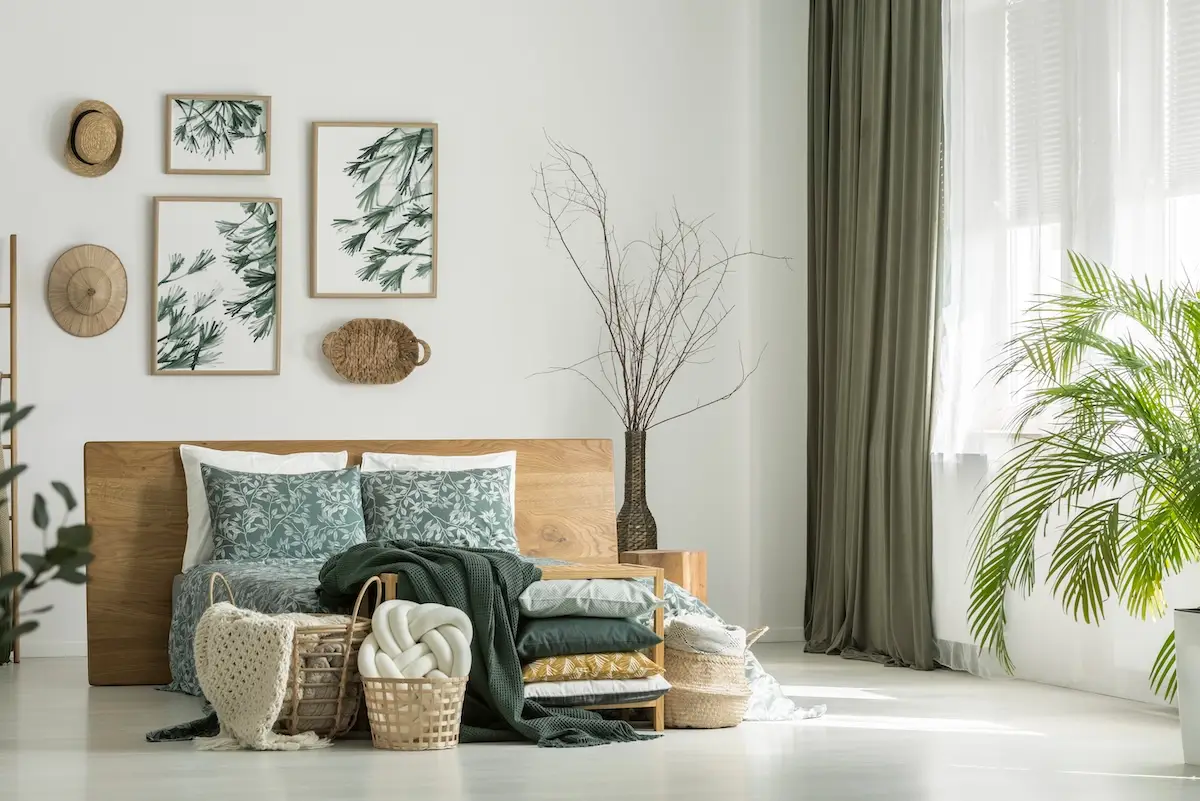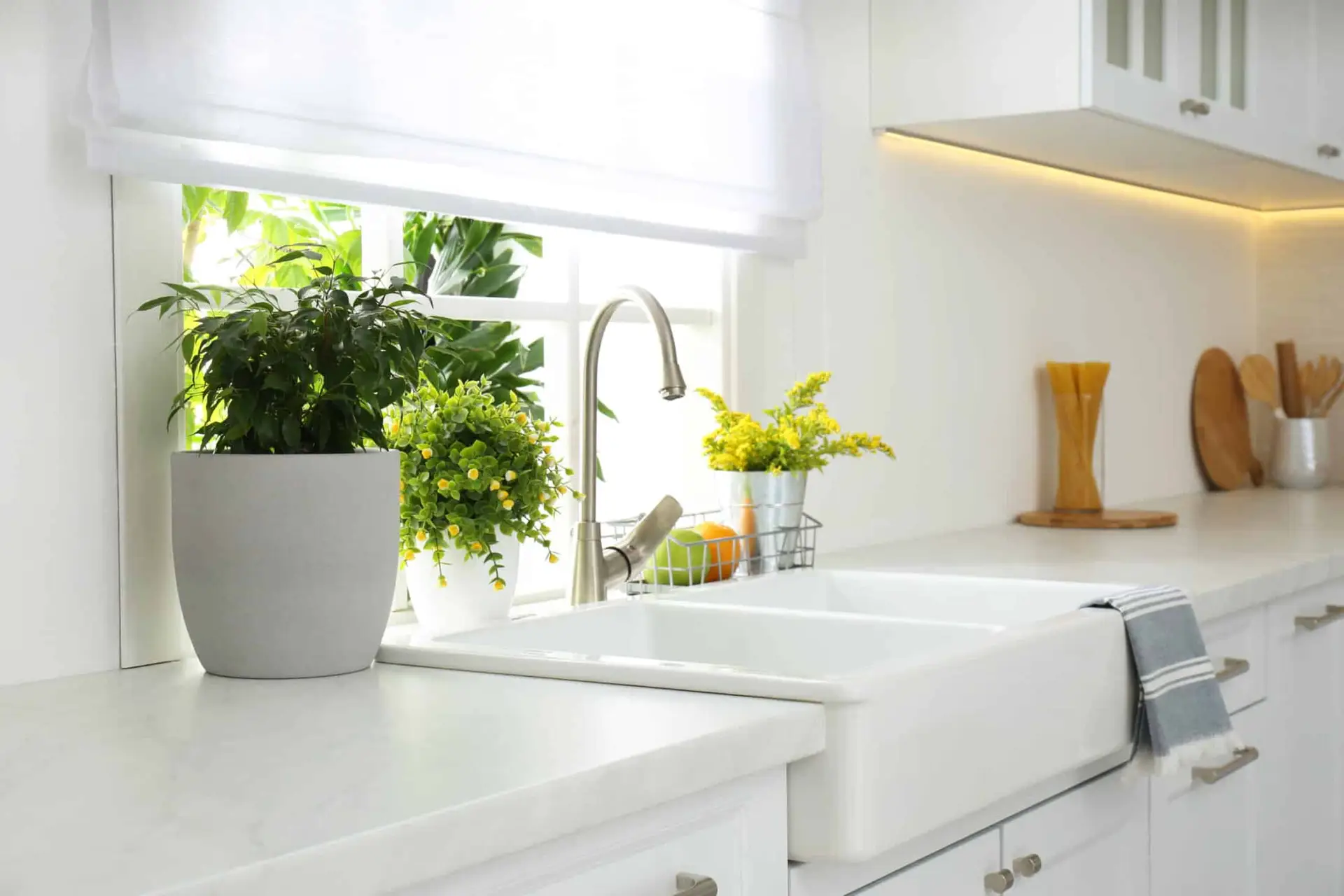Historical design trends offer enduring appeal, transcending fleeting fads. From Renaissance-inspired sophistication to Art Deco’s geometric glamor, these styles have shaped living spaces for centuries. Integrating them into modern homes weaves personal and collective histories, creating environments that reflect legacies and tastes. Historical trends can bring warmth, character, and sophistication to contemporary spaces, seamlessly blending timeless elegance with modern lifestyles.
The Renaissance
The Renaissance era is known for its revival of classical arts and intellectual thought. This era emphasizes balance, symmetry, and harmoniously blending art and nature. Renaissance-inspired interiors are all about the detail. Common elements include ornate fireplace mantels, intricately carved furniture pieces, and coffered ceilings with detailed moldings. The attention to detail extends to fabrics as well. Think rich textiles like brocades, velvets, and tapestries adorned with floral or heraldic motifs to add depth and warmth. Incorporating antique or replica chandeliers, sconces, and candelabras with intricate metalwork can further enhance the regal ambiance. By blending these elements, modern homes can capture the timeless elegance of the Renaissance era.
The Roaring ’20s and Art Deco
In the wake of post-war euphoria, the 1920s introduced Art Deco, a style symbolizing luxury, glamor, and technological progress. Characterized by geometric shapes, bold colors, and lavish ornamentation, Art Deco design brings sophistication to contemporary settings. Think bold colors, mirrored surfaces, plush fabrics, and metallic accents. For example, consider an emerald green velvet tufted sofa with metallic, geometric pillows. Pair this statement piece with a sleek, lacquered wood credenza with brass hardware. Incorporate metallic accents such as a brass and glass chandelier along with a mirrored coffee table with a sunburst design. Then, further the aesthetic through bold, geometric wallpaper in rich blues and golds. Luxurious fabrics like silk draperies with an art deco pattern, a faux fur area rug, and a deep red velvet armchair can add even more depth and texture to the space.
Mid-Century Modern
The mid-20th century was a time of optimism and exploration, with design taking on a more functional, uncluttered approach. Mid-century modern is characterized by clean lines and organic curves. Another hallmark is natural materials like teak wood and limestone to promote a seamless flow between indoors and out. Iconic designs such as the Eames lounge chair and Noguchi coffee table further showcase the era’s emphasis on form and function. You can also consider floor-to-ceiling glass walls to allow natural light to fill the space and blur boundaries between your home and its surroundings. Open floor plans with minimal partitions and built-in shelving units further create a sense of spaciousness. Then, draw inspiration from nature with earth tones like warm browns, olive greens, and mustard yellows. You can also incorporate complementary pops of vibrant hues like orange and turquoise. This style remains adaptable for contemporary homes with a focus on simplicity and harmony with nature.
The Psychedelic ’60s and ’70s
The vibrancy and radical expressiveness of the ’60s and ’70s continue to inspire with bold colors, dynamic patterns, and eclectic vibes. Embracing this trend means incorporating iconic elements like lava lamps, beanbag chairs, and wallpapers with psychedelic motifs or Op Art designs. Shag rugs in vivid hues, such as orange or purple, add texture and warmth. Then, pop art pieces like Andy Warhol prints bring a touch of playful irreverence. This era’s design perfectly balances historical nostalgia with a spirit of fun and freedom.
The Minimalist ’90s
In reaction to the previous decades’ excesses, the 1990s embraced minimalism. The focus shifted toward simplicity, monochromatic color schemes, and functional design. This less-is-more approach appeals to contemporary sensibilities prioritizing decluttered, mindful spaces that soothe and center. Opt for sleek, low-profile furniture pieces with minimal ornamentation, such as a streamlined sofa or a simple wooden coffee table. An open floor plan will allow natural light to flow freely. Also consider strategic use of negative space to further create a sense of calm and spaciousness. Incorporate built-in storage solutions like floating shelves or recessed cabinets to keep clutter at bay. Stick to a muted color palette of whites, grays, and beiges. Then, incorporate natural materials like wood, stone, and concrete for warmth and texture. Accessorize sparingly with a few well-chosen pieces, such as a potted plant or a minimalist sculpture.
2000s and Beyond: A Melting Pot of Styles
The new millennium ushered in a melting pot of historical influences combined with rapid advancements in technology and sustainability. This era embraces personalization, blending eras and elements in a way that reflects the unique character of its inhabitants. Envision a contemporary living room with a mid-century modern Eames lounge chair and ottoman. Then, complement these pieces with a Victorian-inspired crystal chandelier and an exposed brick accent wall adorned with vintage travel posters. Or consider a sleek, minimalist kitchen with Shaker-style cabinetry in a soft sage and a farmhouse apron-front sink. Then, make the most of this space with smart technology including appliances and lighting.
Whatever era you’re drawn to, our team is ready to help you weave these timeless trends into the fabric of your living spaces. Contact us today to start crafting a home that pays homage to the enduring aesthetics of the past and is also tailored to suit the modern lifestyle.




